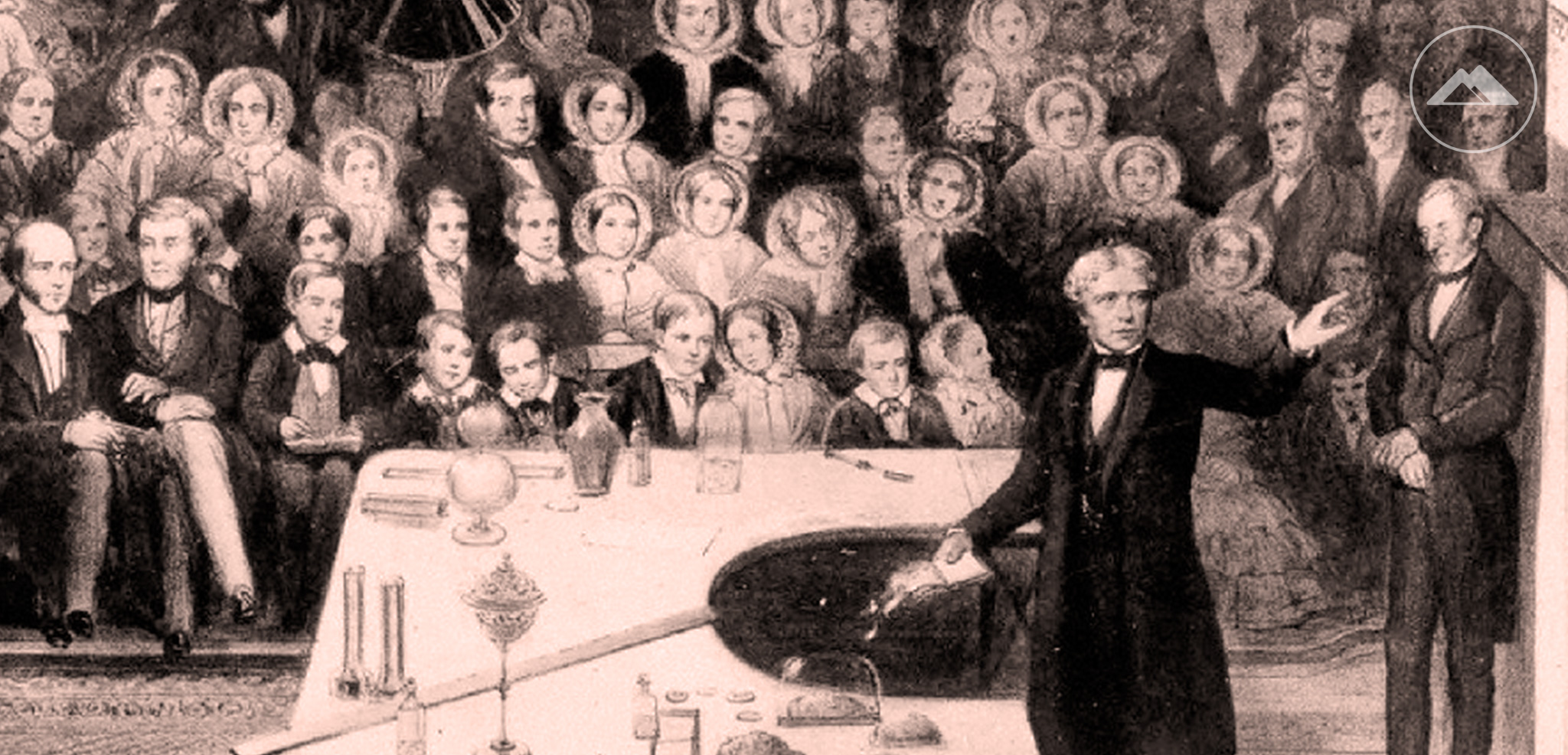
Some research out of the University of Rochester recently suggests that optimal video length to ensure engagement is about 6 minutes. This is not a cognitive study, simply an observation of how long students can sit through a video on EdX without turning off or dropping out.
Tell that news to any good classroom teacher and they will smile at you patiently. Obviously they break a lesson into small chunks through which students can shift focus between different tasks, challenges and break states. Ultimately the teacher is doing all they can to engage, and keep students’ brains from trancing out (unless they are following Lazanov in which case that is the desired state). A classroom teacher is focused on a plan (whether rigorously planned or intuitively sketched) that assembles tasks around targeted and specific learning outcomes. The relevant expertise here is not the subject matter expertise. It is the expertise of facilitation. S/he is playing with the students brains to enable learning to take place.
So a lesson is a learning-oriented contruct. That is, it is not a lecture. A lecture is a format that responsively evolved as a means of efficient dissemination of knowledge to the adult consumer of said knowledge given the range of options in the pre-printing press world. The burden of responsibility for learning was placed firmly on the shoulders of the consumer.
But wait! The lecture format is the mode for the video portion of MOOCs (or video learning in general) and therein is the issue here – not video itself.
Video lectures are lectures on speed. The tendency is to give a lot of information fast without the more relaxed bonhomie of the bricks and mortar equivalent. And this is where I think the research here may be misleading. It ain’t the time span itself. It’s what happens in that time, and the challenges that places on the working memory of the consumer.
Think of George Miller’s classic rough guide of a limit of 7 (+ or -2) points or informational ‘chunks’ that people can retain in working memory from immediately recent or concurrent input. This would suggest it ain’t the length it is the format.
The study’s recommendations to create ‘small, bite-sized pieces’ is well intentioned and true but does not address what a bite-sized piece means. It is not something to be addressed in minutes and seconds, but in terms of gently sequencing, layering or scaffolding the information being disseminated in a way that engages the consumer’s faculties in a range of different ways. Let alone the steps then required to provoke the brain into investing it’s energy into creating the necessary proteins to actually retain a long-term memory.
Now that is actually a big deal. It is a philosophical shift that takes some of the burden of responsibility for the learning from the consumer back to the supplier. It puts the teacher as facilitation expert as opposed to only the teacher-as-knowledge-expert back into the room. It is not difficult conceptually. It is what good teachers do everyday. But it is tricky with current MOOC platform video capabilities.
It’s just not about the creating of video itself into bite-sized pieces, just as the secret to a good lesson is not to limit its duration to 6 minutes. The secret to a good lesson is to structure it into unfolding scaffolded chunks that engage the learner without overburdening them. There is no reason why that cannot happen with extended video given the right platform that can create active rather than passive learning. That has been exactly our mission at Learnbase.